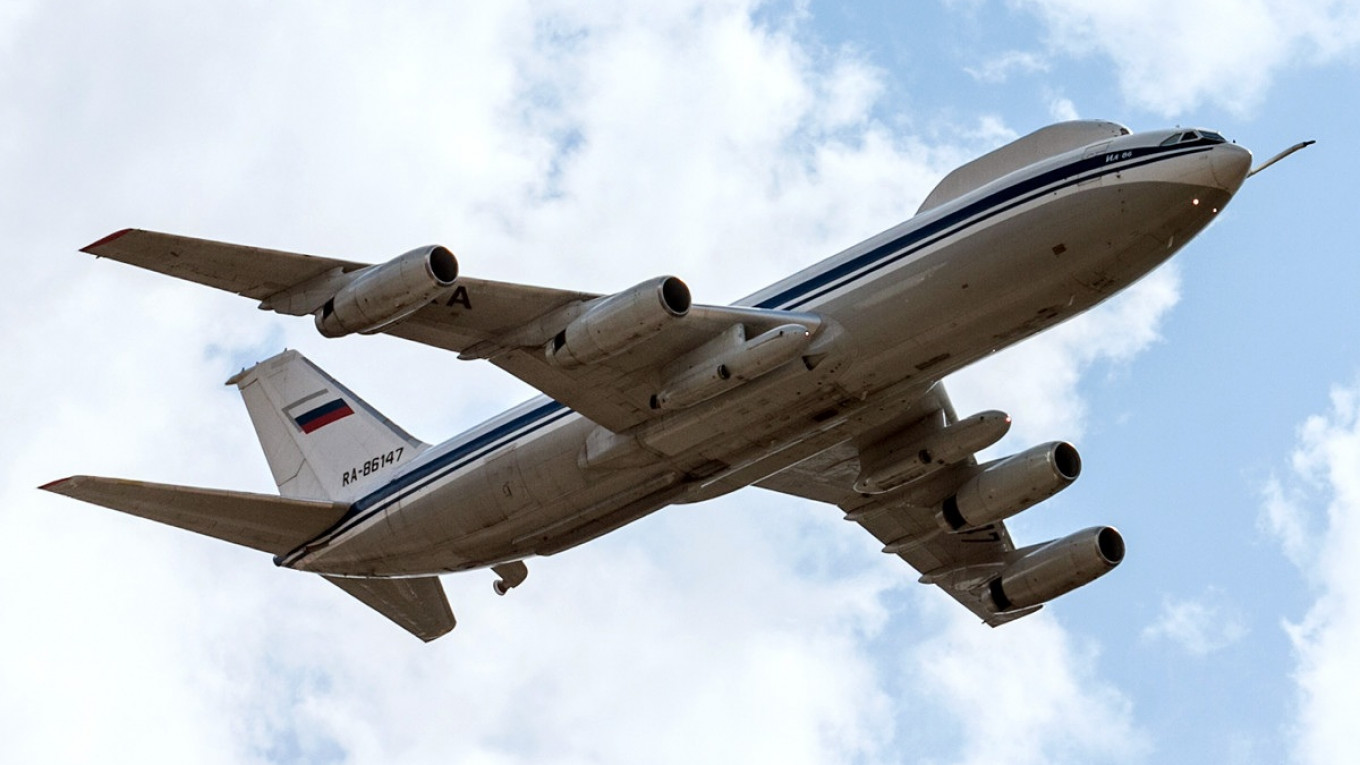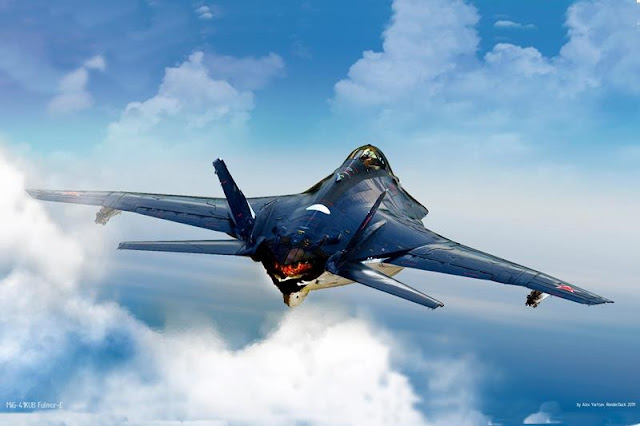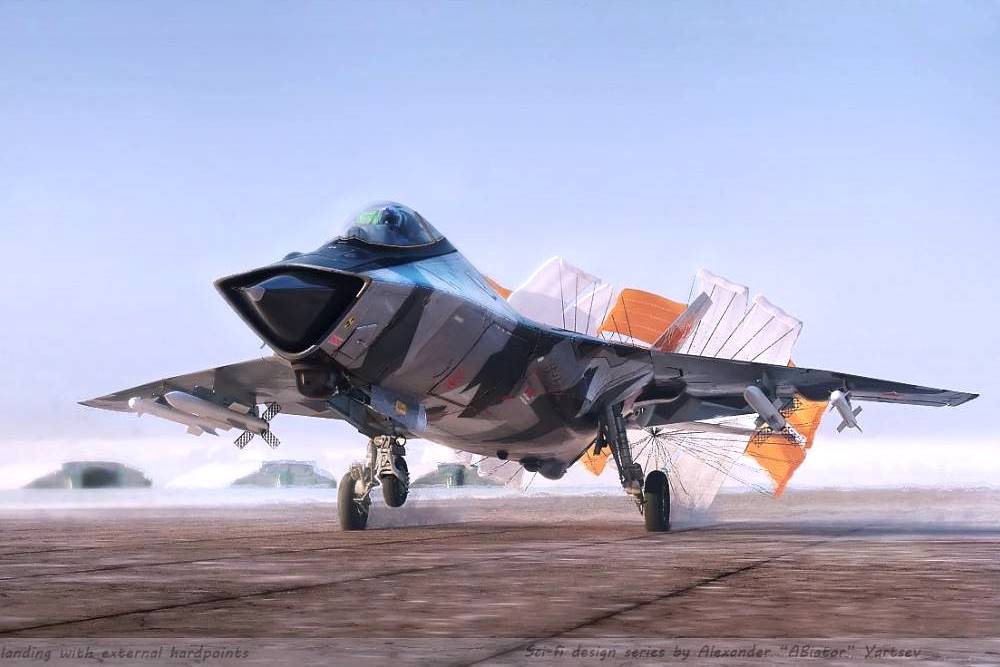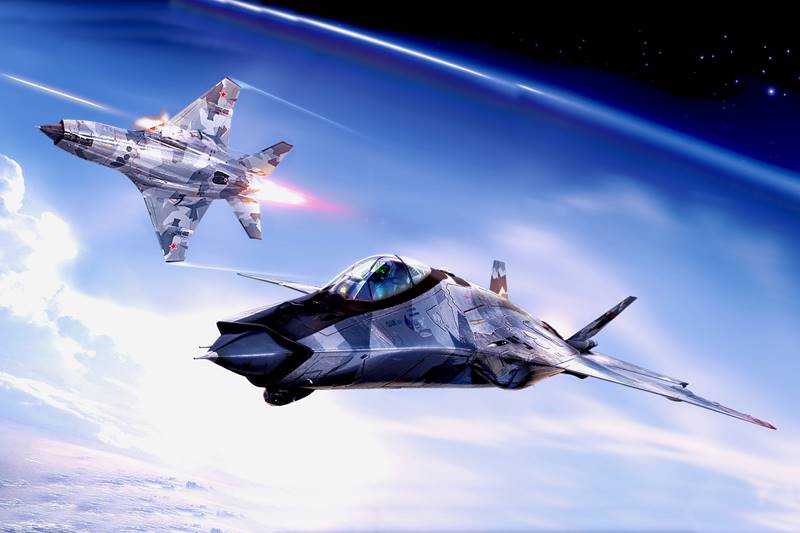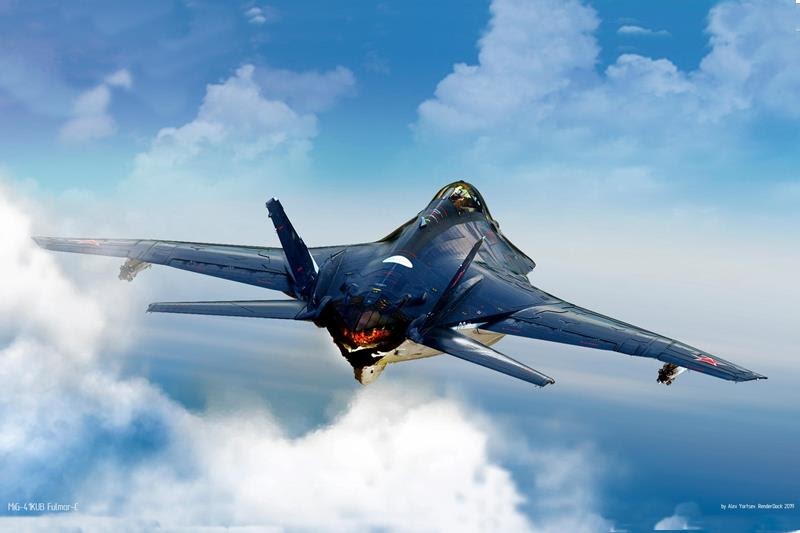Russian state-controlled United Aircraft Corporation (UAC) has announced that Sukhoi Company (part of the UAC) has manufactured the last batch of Su-34 multirole bombers under a long-term contract with Russia’s Defense Ministry.
“The Sukhoi Company (within the United Aircraft Corporation of the State Corporation Rostec) has completed the fulfillment of the next long-term contract for the delivery of a batch of Su-34 fighter-bombers to Russia’s Defense Ministry,” the UAC said in a statement.
The last fighter-bomber of the final batch has been manufactured at the Novosibirsk Aircraft Enterprise (a branch of the Sukhoi Company) and has passed trials, it said.
About a hundred Su-34 fighter-bombers have been manufactured under the long-term contract with the Defense Ministry, United Aircraft Corporation and Sukhoi Company CEO Yuri Slyusar was quoted by the press office as saying.
“At the same time, we have started implementing new contracts signed at the Army forum that have helped utilize the capacities of our enterprises and provide work for our personnel in several regions of the country,” Slyusar said.
The Su-34 combat aircraft is designed to engage ground, surface and air targets day and night in any weather conditions.
According to the Russian MoD website, the Su-34’s flight range is up to 4,000 km, maximum speed – up to 1,900 km per hour. The Su-34 carries long-range air-to-surface and air-to-air missile armament with the multi-channel employment capability.

Russian Air Force receive final batch of Su-34 multirole bombers
Russian state-controlled United Aircraft Corporation (UAC) has announced that Sukhoi Company (part of the UAC) has manufactured the last batch of Su-34 multirole bombers under a long-term contract with Russia’s Defense Ministry. “The Sukhoi Company (within the United Aircraft Corporation of the...












